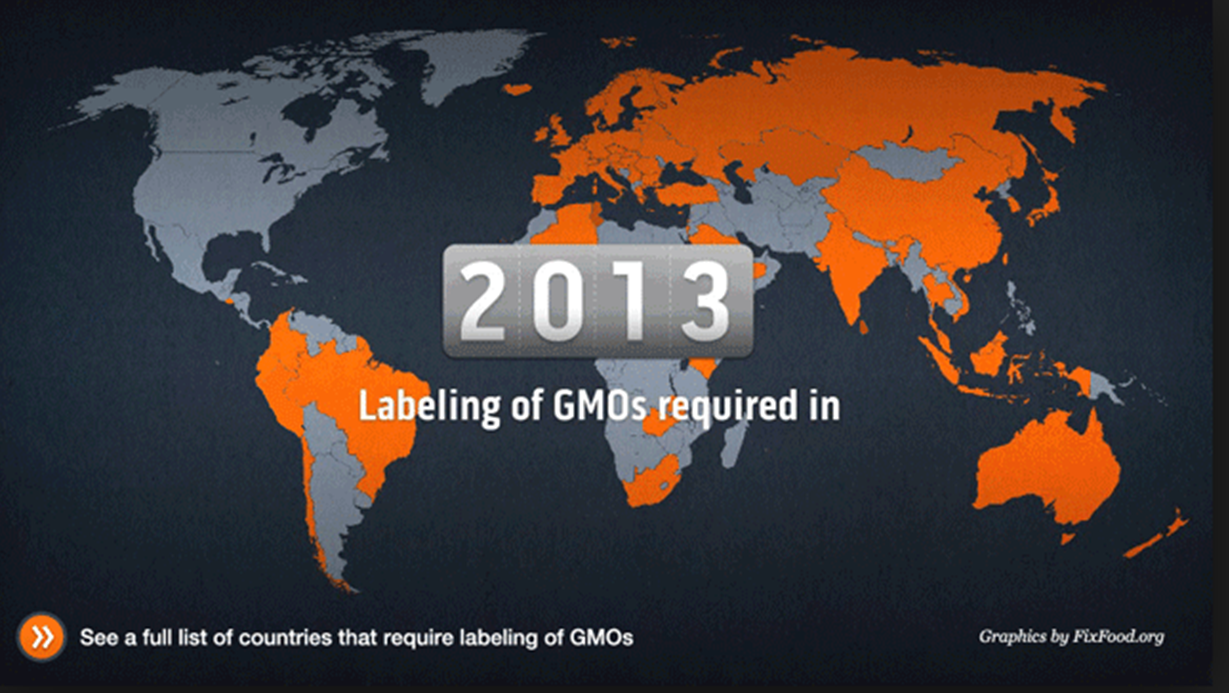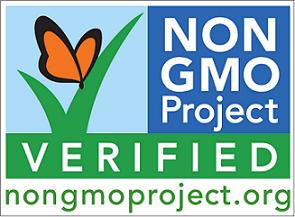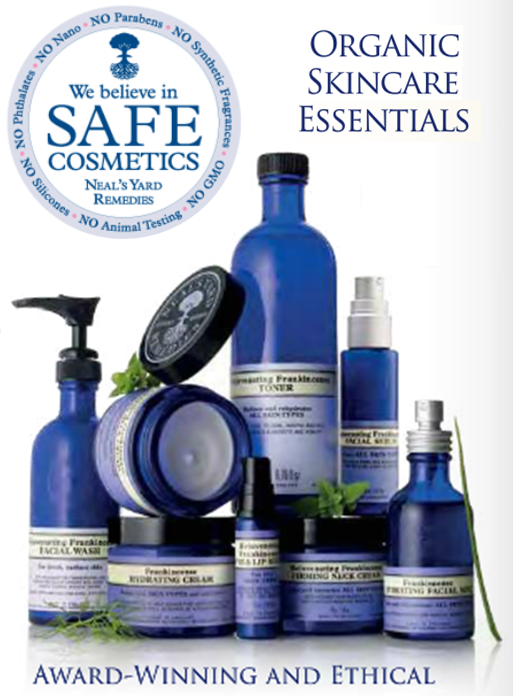Organic/ Conventional/ GMO food – What’s the Difference?
- By hhk
- November 5, 2013
- 4 Comments
Perhaps you didn’t know, there is most likely an imposter lurking in your kitchen. It sits there looking innocently enough. . . but it has a secret that it only shares with your body’s cells and organs . . .and you may not be in on the conversation, until one day you notice your body changing. Well, let’s start the conversation now, and expose the charlatan, while saving our bodies the hassle of dealing with the consequences later.
There are, generally speaking, 3 types of food: Organic (real food), Conventional (chemically-treated food), and GMO (genetically-modified organism food). I listed them in this order for a purpose. 100% Organic is your safest bet, then work down the line to the most dangerous – GMO. Let’s talk for a second about each one and what the impacts are to your family.
We’ll begin with conventional. Conventional food products are those that may use fertilizers to promote growth, pesticides to get rid of pests, and chemical herbicides to manage weeds. In terms of meat, conventional farmers give animals growth hormones, antibiotics, and additional medicines to prevent disease. Use of these methods in our food supply is relatively new. When past generations refer to the food “they ate”, they are most likely referring to what we now call organic. Heavy use of these chemicals didn’t boom until after World War II, when the toxins used for chemical warfare were repurposed to our food supply. I don’t know about you, but I have a big problem ingesting the items mentioned above for obvious reasons….they are poisons! Why would I want to ingest food that was treated with something that would kill another living organism? Why would I want to ingest meat that is laden with hormones and/or antibiotics? What type of influence does that in turn have on my body? Well, a lot in fact. In the spirit of covering a lot of ground here, let’s look at a small glimmer of the impacts:
- Fertilizers have largely been linked to groundwater contamination creating excessive air & water-borne nitrogen. This contamination has been linked to gastric cancer, goiters, birth malformations, hypertension, stomach cancer and testicular cancer. When infants are given formula reconstituted with nitrate-contaminated water there is an increased risk for occurrence of a condition known as methemoglobinemia (Blue Baby Syndrome). This life-threatening disorder results in decreased blood oxygen and the baby’s skin becomes blue-grey in tone.
- Pesticides are acutely toxic to human beings. The Environmental Protection Agency (EPA) reports that the majority of pesticides now in use are probable causes of cancer.
 Organophosphate (a widely used type of pesticide) exposure is associated with ADHD, behavior problems, and neurodevelopmental deficits in children. Additionally, a number of pesticides may have damaging effects on the brain that contribute to Parkinson’s disease.
Organophosphate (a widely used type of pesticide) exposure is associated with ADHD, behavior problems, and neurodevelopmental deficits in children. Additionally, a number of pesticides may have damaging effects on the brain that contribute to Parkinson’s disease. - Herbicides also contaminate the water supply with atrazine (for example) which cause issues with reproductive health and the development of reproductive organs in unborn children. Remember Agent Orange? This was a Monsanto and Dow creation for the Department of Defense (DOD) in the Vietnam War. If the DOD utilized an herbicide for warfare, shouldn’t that make us just slightly wary of ingesting it?
- Growth Hormones are utilized by farmers to increase the yield of meat.
 Synthetic estrogen and testosterone are most commonly used. These hormones are in turn passed on to us when we eat this meat and drink this milk. Higher lifetime exposure to estrogen has been demonstrated to cause breast cancer. It has also been proven that exposure can result in early puberty. Recombinant bovine growth hormone (rBGH) increases the amount of milk dairy cows produce. It also increases insulin, increases thyroid hormone enzyme thyroxin-5, and requires more antibiotic delivery to cows. This is because, it is difficult for the cow to produce the high amounts of milk that the increased hormone levels cause, so the cows often develop mastitis (a painful breast infection) and need to be treated for this condition with antibiotics.
Synthetic estrogen and testosterone are most commonly used. These hormones are in turn passed on to us when we eat this meat and drink this milk. Higher lifetime exposure to estrogen has been demonstrated to cause breast cancer. It has also been proven that exposure can result in early puberty. Recombinant bovine growth hormone (rBGH) increases the amount of milk dairy cows produce. It also increases insulin, increases thyroid hormone enzyme thyroxin-5, and requires more antibiotic delivery to cows. This is because, it is difficult for the cow to produce the high amounts of milk that the increased hormone levels cause, so the cows often develop mastitis (a painful breast infection) and need to be treated for this condition with antibiotics. - Antibiotics are used to treat occurring diseases as well as prophylactically in these animals. Let’s just state the obvious here. The more antibiotics your body is exposed to, the more resistant to these antibiotics you become. So, the food you are eating could very well cause your body to develop a resistance to the medicine you need, when you really need it. Also, antibiotics knock out good digestive bacteria. How can you effectively maintain a healthy digestive gut if you are constantly subjected to antibiotics? Today, probiotics are more important than ever.
 |
Now let me ask you…do you want Conventional food?
Ok, so there was another factor in all of this that we haven’t yet discussed. It is the elephant in this virtual room…ready for round 2…next up GMO.
If you don’t know about GMOs…you’re probably eating them.
What is a GMO? A genetically modified organism is one whose genetic material has been altered. In the agriculture business, there are two common uses today for GM (genetically modified) crops: 1) to make a plant tolerate herbicides and 2) to make the plant toxic to pests. For example, a bug munching on some GM corn will die from its stomach exploding…now that’s some wicked science! I refer to my point earlier…If it can harm another living organism, what is it doing to us? Oh and these GM foods are not necessarily devoid of the chemical treatments mentioned above.
 A large number of studies have implicated GM foods in a wide variety of health problems, including accelerated aging, immune dysfunction, insulin disorders, organ damage and reproductive problems.
A large number of studies have implicated GM foods in a wide variety of health problems, including accelerated aging, immune dysfunction, insulin disorders, organ damage and reproductive problems.
“Animals consuming crops that have been genetically modified to produce the pesticide Bt (approved for human consumption in the United States) have died by the thousands, while animals grazing on a non-GM version of the same crops remained unharmed.” This French study, demonstrated high incidence of tumors in rats consuming GM food, which resulted in Russia banning GM foods!
Perhaps one of the most interesting indications that our bodies are fighting back to the invasion of GM ingredients is the prevalence of food allergies over the last couple of decades. Many correlations have been made examining the effect of GMOs and food allergies. What has been identified is that repeat ingestion of foreign components in our food results in our bodies fighting back with inflammatory responses.
So which foods are GMO’d? Commonly genetically modified, are transgenic plants such as soybean, corn, rapeseed (canola), rice, and cottonseed. You’ll notice on most food products that one or more of these ingredients is often found. High fructose corn syrup is prevalent and soybean is contained in a staggering amount of food…check the labels. Without the corresponding label of 95%-100% organic, you can bet your liver that the contents are most likely GMO.
Speaking of labels…where’s the label on GM food? Well, the United States is a little behind and has yet to include an industry standard for labeling GM food. As you may have heard, there are many grassroots initiatives popping up throughout the United States to create a labeling mandate. These calls for disclosure have been combatted by big agriculture. These businesses have been working feverishly, throwing their weight and dollars to defeat each labeling bill. Once the public figures out what products contain GMO ingredients, they expect there will be a decrease in sales of these products which is obviously problematic for big Ag GMO producers like Monsanto. Relabeling their products, that’s an expense too.
There is a great opportunity with each of these initiatives to at least identify a dangerous component in our food. (GM crops should be banned, but baby steps.) Look at all of the countries worldwide that have adopted labeling (some even ban GMOs).
Now, tell me, do you want toxic ridden food, CRAZY mad scientist franken food, or just plain actual food? If you answered the latter, you have just opted for 100% organic. My friends, this is where it’s at. 100% organic is the only way you can safeguard yourself and your family against the side effects of big business making a quick buck at the expense of your health.
If you notice throughout this article, I have utilized percentages of Organic. As you can see, there are many shades of grey when we talk about food production and politics. As such, when speaking about packaged food, there is a distinction when it comes to the organic percentage in terms of the quantity of quality ingredients.
- 100% Organic is completely free of GMO ingredients.
- “Certified Organic/USDA Organic/Organic” stipulates that at least 95% of the content is organic. The remaining <5% must be approved USDA substances. GMOs are not on the approved list yet, so these products are usually GMO free.
- “Made with Organic” means that 70% of the ingredients are organic; however they are not typically GMO-free. Look for organic brands utilize a GMO-free label, as well, which is verified by the Non GMO Project.
It is always best to buy originally sourced produce then packaged alternatives. If you pay now for quality organic, you will hopefully avoid the large medical expenses you may encounter later from eating conventional and/or GMO food.
HIP TIP: When you look at produce, if there are 4 numbers on the sticker, you are eating conventional. If you see 5 numbers the first beginning with a 9, you are eating organic. If you see 5 numbers the first beginning with an 8 it is apparently a GM food.
Now that you’ve uncovered the imposter in your kitchen, throw it out, and tell others about it too. Things only have power over us if we choose to give them that power. By buying organic you will continue to take the power away from dangerous food and the big business that put it there. Stay Hip & Healthy and know that each decision you make shifts the power back to you, optimizing your family’s health.
References:
http://www.americanprogress.org/issues/green/news/2008/09/10/4933/its-easy-being-green-organic-vs-conventional-foods-the-gloves-come-off/
http://gmo-awareness.com/2011/05/05/is-organic-always-gmo-free/ople.oregonstate.edu/~muirp/pesthist.htm
http://www.fao.org/docrep/X1531E/X1531e02.htm
http://www.webmd.com/diet/features/safer-food-healthier-you
http://www.ncbi.nlm.nih.gov/pubmed/17852499
http://www.sustainablebabysteps.com/effects-of-chemical-fertilizers.html
http://www.puristat.com/standardamericandiet/pesticides.aspx
http://www.drfuhrman.com/library/organicvsconventional.aspx
http://en.wikipedia.org/wiki/Agent_Orange
http://en.wikipedia.org/wiki/Genetically_modified_organism
http://en.wikipedia.org/wiki/Pesticide
http://www.nextgenerationfood.com/article/genetically-modified-food-around-the-world/
http://www.naturalnews.com/028245_GM_food_side_effects.html
http://research.sustainablefoodtrust.org/wp-content/uploads/2012/09/Final-Paper.pdf
http://www.organicconsumers.org/articles/article_5296.cfm













Great!
[…] Organic/Conventional/GMO Organic Skincare Cloth Diaper Love […]
[…] _______Merry Toys Guide to Holiday Entertaining Organic/Conventional/GMO […]
[…] & GMO foods. More importantly, why are these differences relevant? Hence the post Organic/Conventional/GMO food – What’s the Difference? This post received a lot of buzz, sharing and feedback with readers saying they were so happy to […]